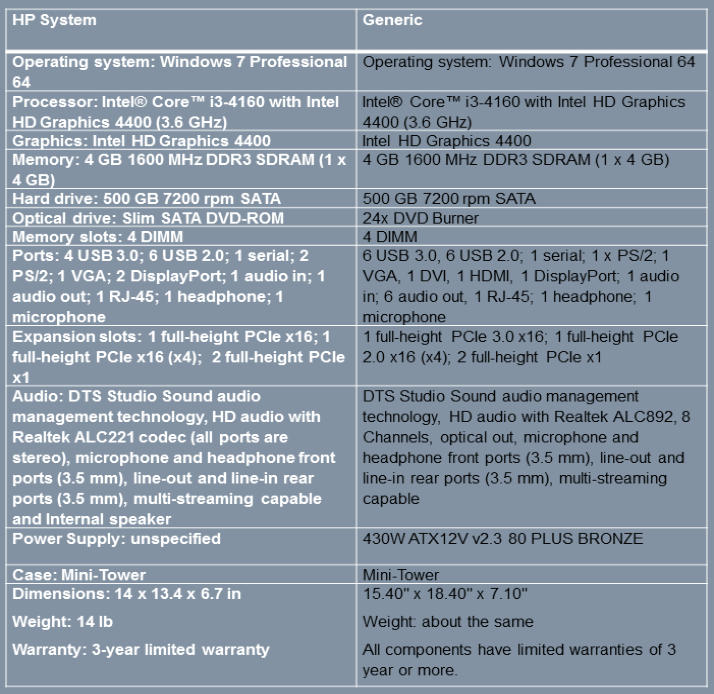


© Estwald ISI 2015 - 2025


Estwald’s
Information System Infrastructures

Off the Shelf vs Local Build
As I stated on the home page, I have been building my own computers since 1988. There are a number of reasons for that
and now that you have been given a basic overview of the components I will explain why I favor building computers over buying
off-the-shelf units manufactured by ACER, Dell, HP, Lenovo, and others.
1.
The manufacturers buy their components in bulk quantities of a thousand to 10 thousand units from whoever is selling
them at the lowest cost at the moment. Proof of this is when downloading drivers or asking for assistance for a given
computer model the owner will be asked for the serial number, or in the case of Dell, a service tag number. This provides
them with the information they need to determine which manufacturer’s motherboard, graphics card, hard drive, and other
components they slapped into that particular build.
2.
System components are often unmarked, non-standard size, or contain the manufacturer’s proprietary part number not the
original equipment manufacturers (OEM) name and part number making the manufacturer the sole source for components
and who charge a much higher price for replacement parts.
3.
Since the customer is not told whose components are in the system there is no choice but to go to the manufacturer for all
support and that support, particularly in regards to drivers, will be based on their proprietary basic input output system
(BIOS) and operating system they installed. Changing the OS will result in no support at best and perhaps even a voiding
of the warranty.
4.
After two or three years the manufacturer will quietly stop supporting the purchased system.
5.
Adding or upgrading components often voids the warranty. A few manufacturers void warranties for simply opening the
case.
6.
Options during purchase are limited to those that provide a good profit margin.
7.
Power supplies are typically operating at 70% to 90% capacity and are seldom high efficiency units. A serious upgrading of
the system would be impossible without replacing the power supply.
8.
The system is seriously overpriced even when it appears not to be because of the limitations and restrictions of the design
and build.
9.
They are loaded with what the industry calls “crapware”. Crapware refers to useless programs 3rd parties pay the
manufacturer’s to place on their computers. These consist of 30 day trial programs, crippled games, links to websites, and
browser add-ins. All of which take hours to remove. Some have actually been caught sending personal data back to the
software maker. A bloatware package found on Lenovo computers had such an exploit. They of course denied all
knowledge and promised to never put that software on their machines again… until they do.
Now let’s compare and contrast a commercially sold business computer verses a generic equivalent. For no particular
reason I have chosen the HP EliteDesk 700 G1 Micro-Tower PC from their business web site. Its price is $659.00 + free
shipping. The generic equivalent costs $580.00 for parts and assembly. A comparison table is provided below.

The differences are minor and mostly in favor of the generic.
1.
The generic uses a standard size DVD burner whereas HP uses a slim. Slims typically burn at 8X rather than 24X
so it is 1/3 the speed.
2.
The generic has 2 extra USB 3.0 connectors.
3.
The generic offers four graphic connectors of various types, HDMI and DVI are available. The HP does have two
DisplayPort graphics connectors whereas the generic has one. But honestly, the thought of attaching two monitors
to an Intel 4400 graphics processor is kind of funny.
4.
The generic has 7.1 audio with optical out whereas the HP has stereo only but it does have a single internal
speaker. Both audio chips are limited to 192k bit rates.
5.
And the HP case is smaller but a smaller case could be obtained for the generic. It is simply a matter of taste.
6.
The manufacturer’s model provides no information about the components inside their case. The make and model
of every item in the generic computer is known and easily replaced.















